The Importance of Tactical Training: Courses to Enhance Your Skills
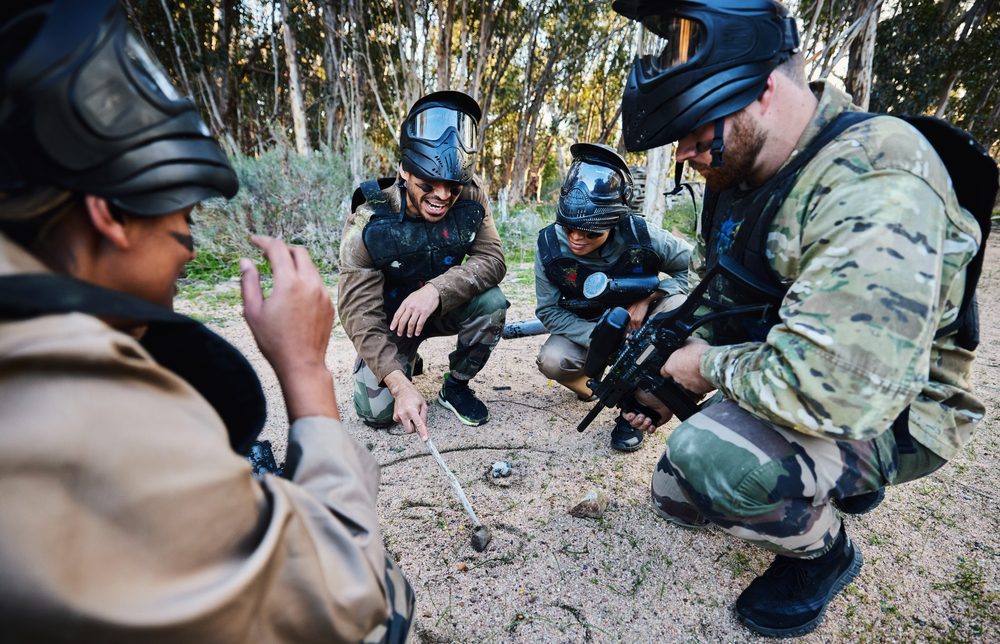
Tactical training is crucial for law enforcement, military personnel, security professionals, and civilians looking to improve their situational awareness, self-defense skills, and overall readiness in high-pressure environments. Whether you are a beginner or an experienced operator, proper training can significantly enhance your abilities. In this guide, we will explore the importance of tactical training, the different types of courses available, and how they can help improve your skills.
Why Tactical Training is Essential

Tactical training provides:
- Improved Decision-Making – Helps individuals assess threats quickly and react appropriately.
- Physical and Mental Preparedness – Builds endurance and resilience for high-stress situations.
- Enhanced Firearms Proficiency – Teaches proper handling, aiming, and shooting techniques.
- Situational Awareness – Develops skills to recognize and react to potential dangers.
- Teamwork and Communication – Essential for law enforcement, military, and security operations.
Types of Tactical Training Courses
1. Firearms Training

- Covers marksmanship, gun safety, and advanced shooting techniques.
- Includes handgun, rifle, and shotgun proficiency.
2. Self-Defense & Hand-to-Hand Combat
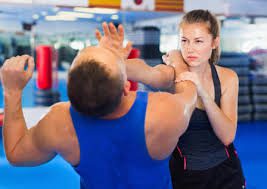
- Focuses on personal defense against armed and unarmed attackers.
- Includes martial arts, Krav Maga, and defensive tactics.
3. Close Quarters Combat (CQC)

- Teaches combat skills for confined spaces, such as buildings and vehicles.
- Emphasizes quick decision-making under pressure.
4. Urban and Wilderness Survival Training

- Prepares individuals for survival in hostile environments.
- Covers shelter-building, food sourcing, and navigation skills.
5. Medical and First Aid Training
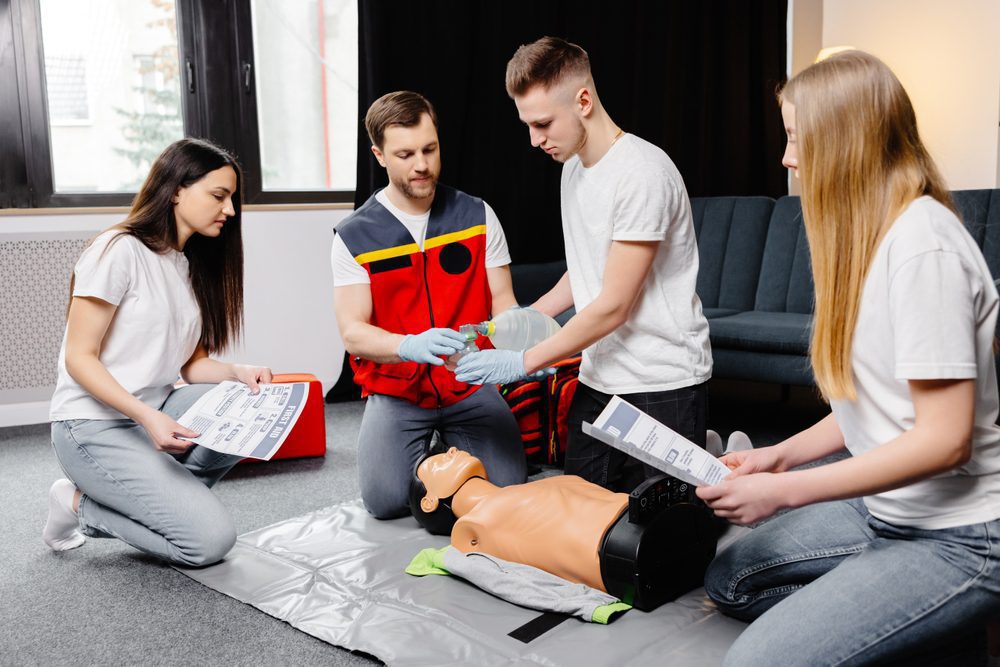
- Teaches emergency medical procedures for trauma care.
- Covers CPR, wound treatment, and casualty evacuation.
6. Vehicle Tactical Training
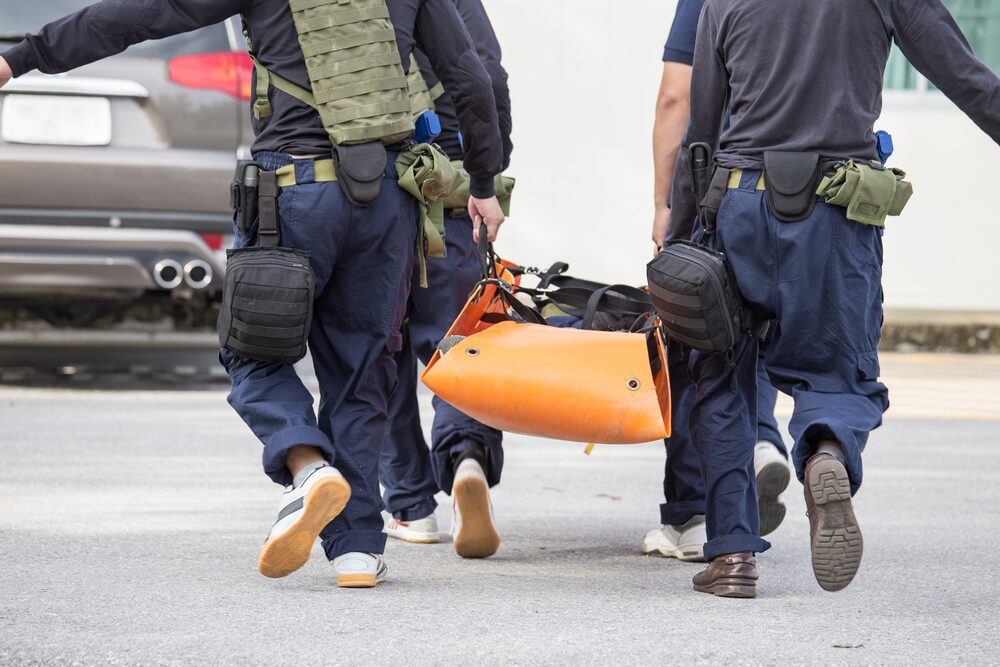
- Focuses on defensive and offensive driving techniques.
- Essential for security personnel and law enforcement.
Pros and Cons of Tactical Training
Pros:
- Boosts confidence and readiness.
- Enhances self-defense and survival skills.
- Provides real-life scenario training.
- Encourages teamwork and discipline.
Cons:
- Can be physically and mentally demanding.
- High-quality training courses can be expensive.
- Requires ongoing practice to maintain proficiency.
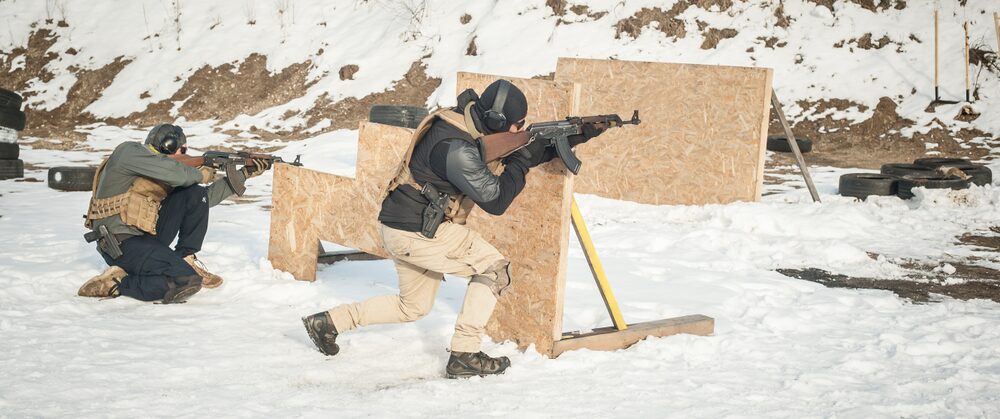
How to Choose the Right Tactical Training Course
- Determine Your Goals – Are you training for self-defense, professional use, or personal improvement?
- Research Certified Instructors – Look for reputable training academies with experienced instructors.
- Consider Course Content – Ensure the training covers skills relevant to your needs.
- Check Training Facilities – High-quality courses offer realistic training environments.
- Assess Your Skill Level – Choose beginner, intermediate, or advanced courses accordingly.

Frequently Asked Questions (FAQs)
1. Who should take tactical training courses?
Tactical training is beneficial for law enforcement, military personnel, security professionals, and civilians interested in self-defense and emergency preparedness.
2. Do I need prior experience for tactical training?
Many courses are designed for beginners, while others require prior experience. Check the course requirements before enrolling.
3. Are tactical training courses expensive?
Costs vary depending on the course length, location, and instructor expertise. Some high-quality courses may be expensive but offer invaluable skills.
4. How often should I train to stay proficient?
Regular practice is recommended to maintain and improve tactical skills. Many professionals undergo continuous training.
5. What gear do I need for tactical training?
Gear requirements vary by course. Common items include firearms (if applicable), protective gear, tactical clothing, and first aid kits.



Leave a Reply